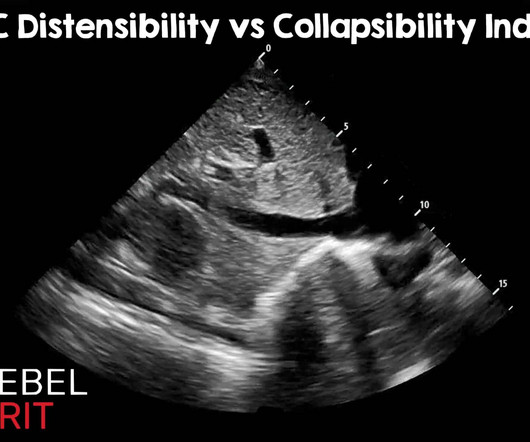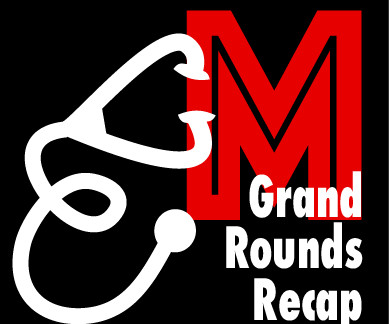SGEM#436: For the Longest Time – To Give TNK for an Acute Ischemic Stroke
The Skeptics' Guide to EM
APRIL 13, 2024
Tenecteplase for Stroke at 4.5 He is an assistant professor in Emergency […] The post SGEM#436: For the Longest Time – To Give TNK for an Acute Ischemic Stroke first appeared on The Skeptics Guide to Emergency Medicine. Tenecteplase for Stroke at 4.5 Reference: Albers GW et al. TIMELESS Investigators. TIMELESS Investigators.

















































Let's personalize your content